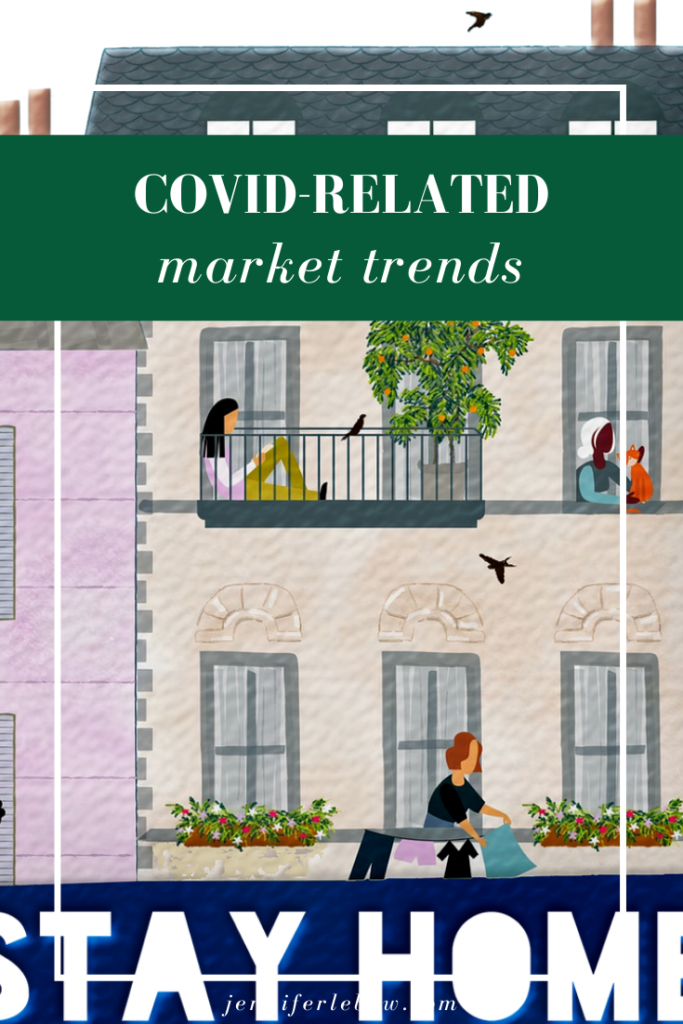
What housing trends will COVID drive?
While, at time of this writing, states are just starting to reopen and there is still no certainty of a second wave (if or when), housing trends are already emerging. These patterns could be short-lived, as (I hope) the threat of COVID recedes over time, or they could mark a long-lasting shift. While this article is focused on England, the US is experiencing very similar changes. Many buyers have changed their criteria and other, who were not considering a move pre-COVID are now. What factors are they considering?
The ability to work from home
Some employers who have been forced to allow employees to work remotely might not continue to do so once they are legally permitted to open their offices. However, most experts (and employees!) expect an increase in the number of people who work from home, either part- or full-time. As a result, people who live in a particular place because of commuting requirements may now find geography no longer a limiting factor.
What are the new criteria?
Lower cost
If a job has required living in a major city, it’s likely that the housing dollar doesn’t go all that far. If working from home but living elsewhere would be more affordable, a move might make sense.
Location
Aside from lower housing costs, location might be important. Some remote workers may want to move closer to family or to an area that better matches their lifestyle choices (like Colorado for ski-lovers, for example). Weather may be a factor as well.
Population Density
The biggest lesson COVID has taught us is that physical distance from other people might be imperative for our health. Not surprisingly, the trend in on-line buyer home searches is toward smaller towns (a trend that was already on the rise pre-virus). Another side effect of COVID in cities like New York is a reduction in appeal. Many of the features that have drawn people to live there–theater, museums, tightly packed retail, restaurant and even sidewalk spaces, public transportation–will be harder to use and enjoy due to new health rules.
Home and property features
As a result of having sheltered (and worked) in place for several weeks, certain “must haves” have found there way onto buyer’s priority lists. The most common include a home office or other flexible space, guest room and outdoor space. Buyer demand for bigger kitchens and home gyms (or the space for one) have also surged.
Shift in how homes are used
With more people using their homes as their offices, a space to work in will certainly become a priority for many. When considering what to look for in a home, more space is also a trend that is expected to continue. When everyone in the family is home at the same time, more elbow room for different activities is a major advantage. Guest space to house either short-term or longer term visitors is also on buyers’ lists. The location of the house, the property surrounding it and the layout, square footage and flexibility of space are receiving a lot of scrutiny in the wake of COVID. The lower cost of certain areas may heavily influence buyers’ choices if they can work from home. Furthermore, quarantining has reinforced the concept of home as a safe haven, not just a utilitarian place to house sleeping and eating quarters for a family. As a result, some of the less tangible aspects of houses (how they “feel”) may receive more attention in the home buying process. For more on how the corona virus may impact the housing market, click here.
If you are relocating to the Philadelphia/Main Line area, please go to my blog page and search for posts using the relocation tag. Contact me to discuss your Philadelphia area relocation! jen@jenniferlebow.com/610 308-5973


Leave a Reply